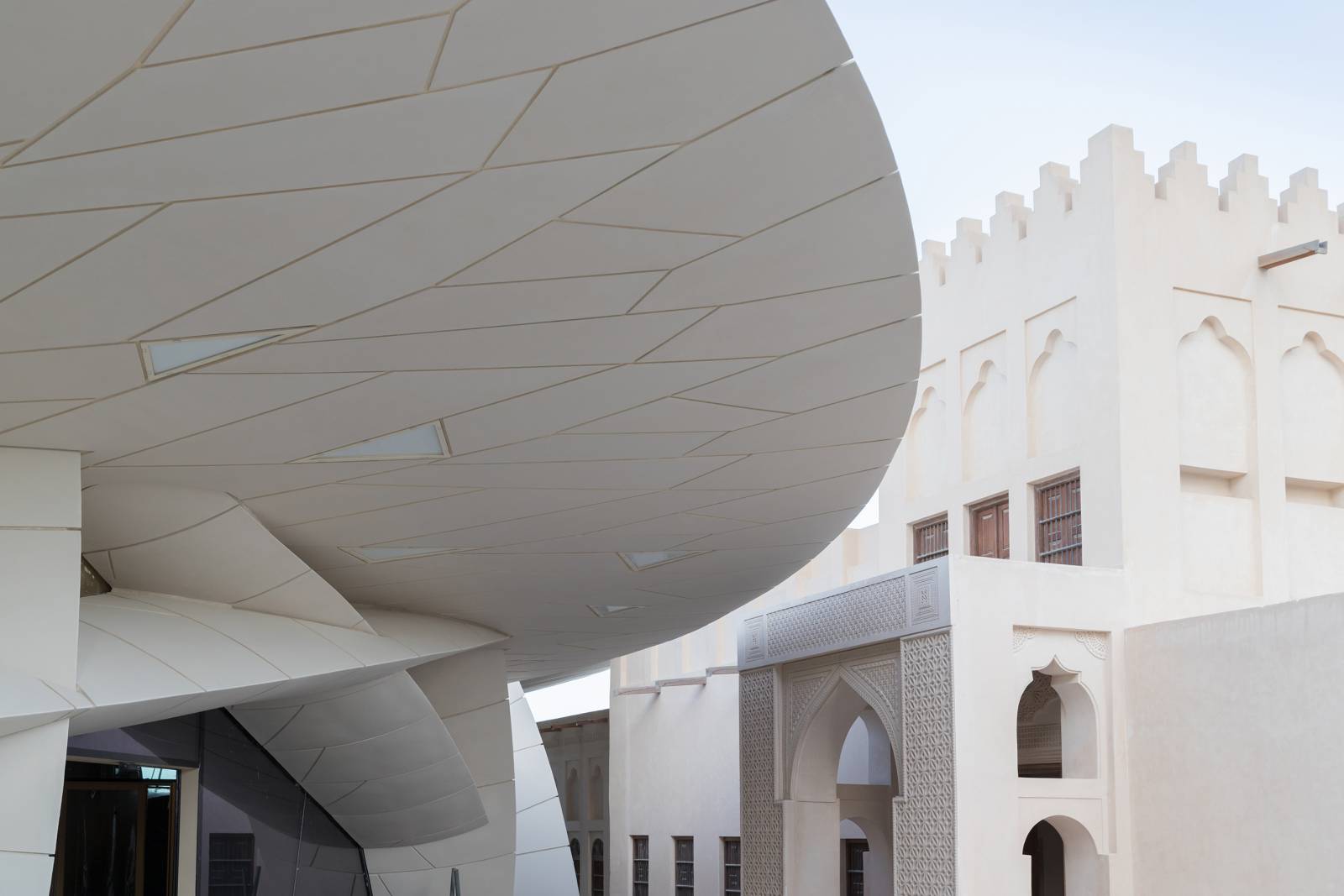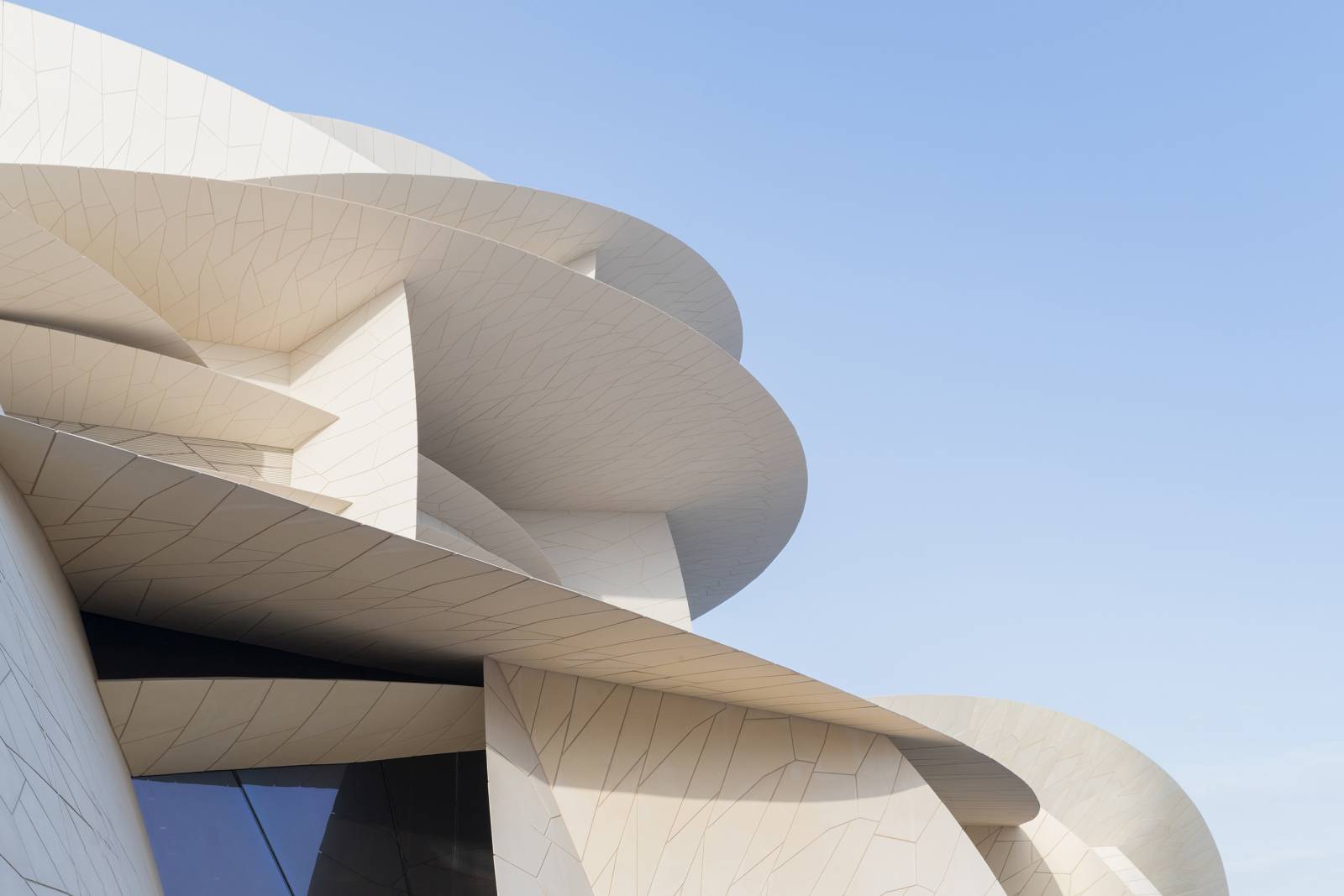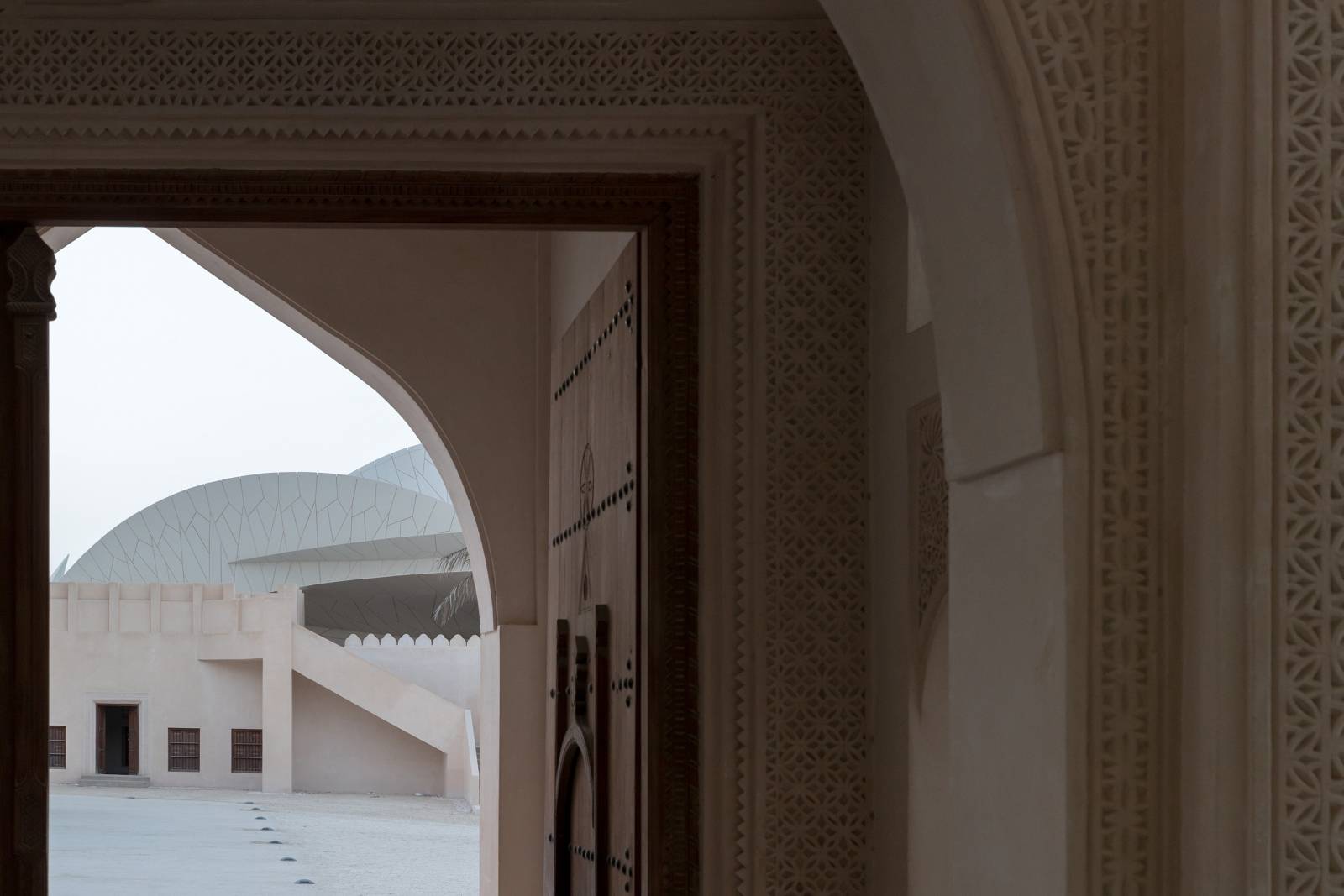LusiveLife
LusiveLife /
Design - Events - Giving - InspirationArchitect Jean Nouvel’s Qatar Museum Opening

The National Museum of Qatar’s construction is nearing completion. It originally was scheduled to open in 2016, but several delays pushed it to March of 2019. The new NMoQ features an innovative design by Pritzker Prize-winning architect Jean Nouvel that is inspired by the desert rose that grows organically around the original Emiri palace, a much-loved local landmark where the original National Museum was housed. The museum will celebrate the culture and heritage of Qatar and its people, embodying the pride and traditions of Qataris while offering international visitors a dialogue about rapid change and modernization. The museum will honor the traditions of the past, while embracing the future of Qatar.
Nouvel’s design features a series of interlocking discs that create cavities to protect visitors from the desert heat. Located on a 1.5 million-square-foot site at the south end of Doha’s Corniche, the 430,000 square-feet NMoQ will rise from the sea and will be connected to shore by two pedestrian bridges and a vehicular bridge. The site will include a building that will have the design of the desert rose, a landscaped park, an artificial lagoon, a 220 seat auditorium, a research center, laboratories, several restaurants, and a museum shop. The galleries will be loosely arranged in chronological order, beginning with exhibitions on the natural history of the desert and the Persian Gulf, artifacts from Bedouin culture, historical exhibitions on the tribal wars, and finally the discovery of oil to the present.
Nouvel described the project: “Everything in this museum works to make the visitor feel the desert and the sea. The museum’s architecture and structure symbolize the mysteries of the desert’s concretions and crystallizations, suggesting the interlocking pattern of the bladelike petals of the desert rose. A nomadic people builds its capital city and talks about it through this emblematic monument built with the most contemporary construction tools: steel, glass and fiber concrete. It will communicate through high-definition cinema, incorporating visitors’ movements into its museography : this museum is a modern-day caravanserai. From there you leave for the desert and you return from it bringing back treasures: images that remain forever engraved on your memory.”




